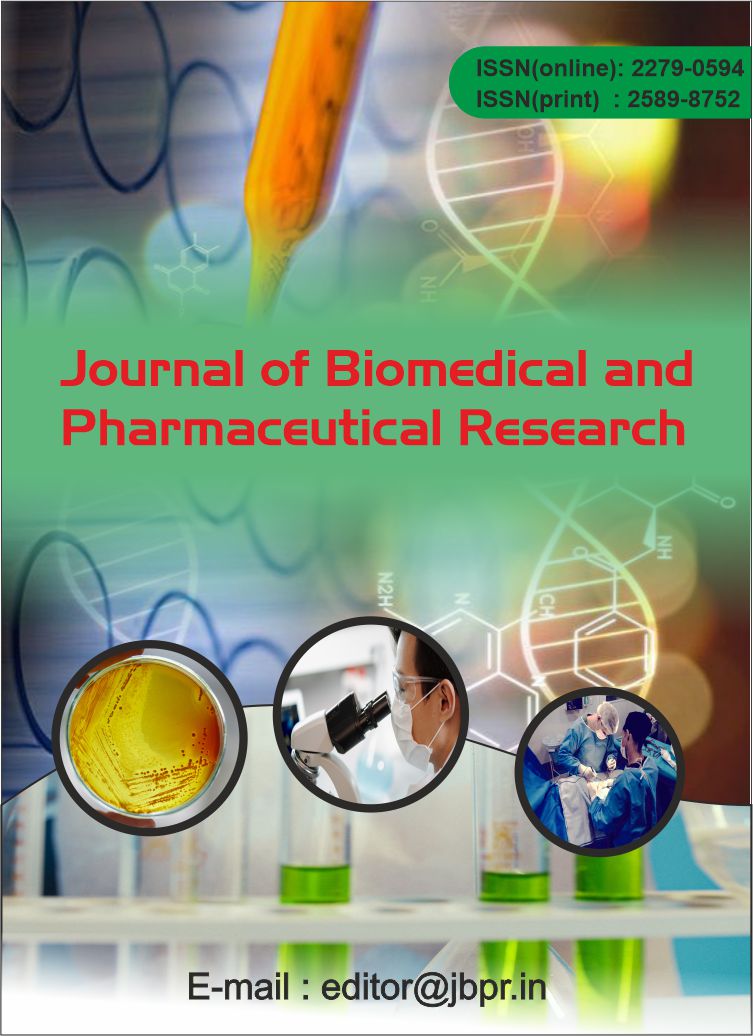CRYSTAL ENGINEERING OF NABUMETONE BY COCRYSTALLIZATION
Abstract
Pharmaceutical cocrystals are multi-component solid-state assemblies of two or more compounds held together by any type or combination of intermolecular interactions. The objective of this study was to investigate the use and validate the success rate of Hansen solubility parameters (HSPs) for the indicating cocrystal formation and guide for cocrystal screening. Nabumetone as a model drug selected which carries dosage form design challenges.
Present work emphasizes prediction of miscibility of nabumetone and cocrystal former (CCF) for cocrystal formation. Prediction was based on differences in the HSPs between drug and CCF; calculated by combined Hoftyzer-Van Krevelen and Fedors group contribution. Cocrystallization was carried out using the equimolar 1:1, 0.1 mMol stoichiometric ratios of nabumetone and CCFs via solvent evaporation technique followed by vaccum drying. The obtained systems/samples were characterized by FT-IR, DSC and PXRD for identification of cocrystal formation.
Results showed formation of new phases designated as a cocrystal. The investigated approach was effective in predicting miscibility of the drug and selected conformer’s. Proposed HSPs-based approach would be useful for short listing potential coformers prior to complex laboratory screening experiments.
Key words: Cocrystals, Nabumetone, Cocrystal formers, Hansen solubility parameter.
![]() Journal of Biomedical and Pharmaceutical Research by Articles is licensed under a Creative Commons Attribution 4.0 International License.
Journal of Biomedical and Pharmaceutical Research by Articles is licensed under a Creative Commons Attribution 4.0 International License.





